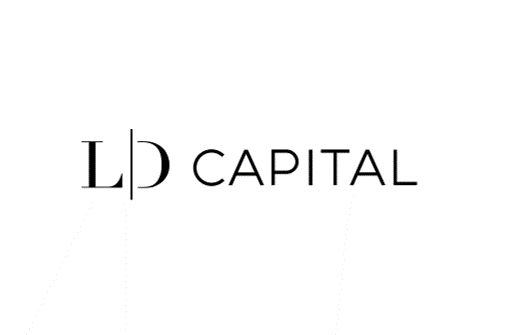3,836 reads
Inside the Curve Wars: DeFi Bribes
by
February 25th, 2022
Audio Presented by

LD Capital is a leading crypto fund in investment and trading in primary and secondary markets.
About Author
LD Capital is a leading crypto fund in investment and trading in primary and secondary markets.